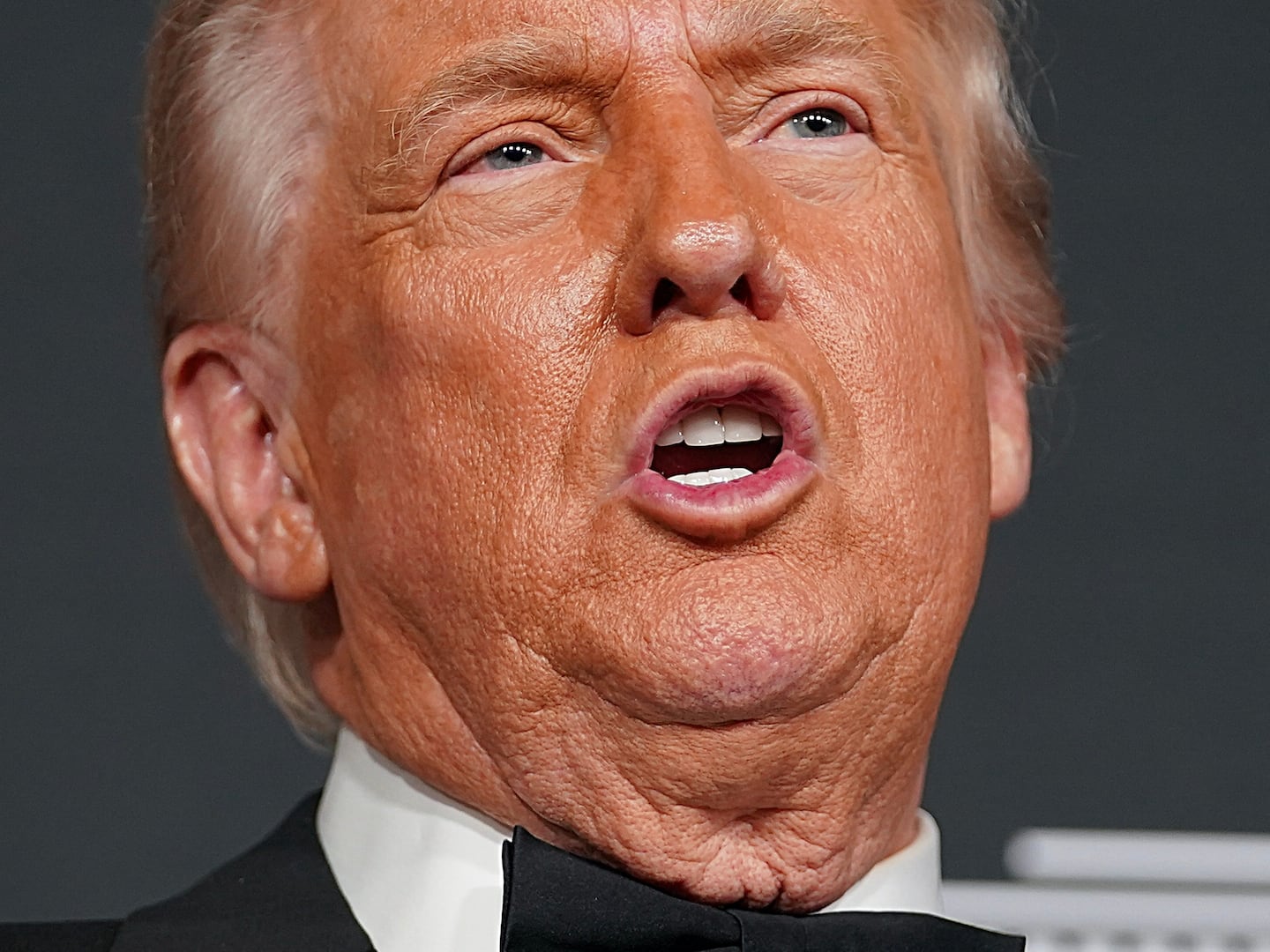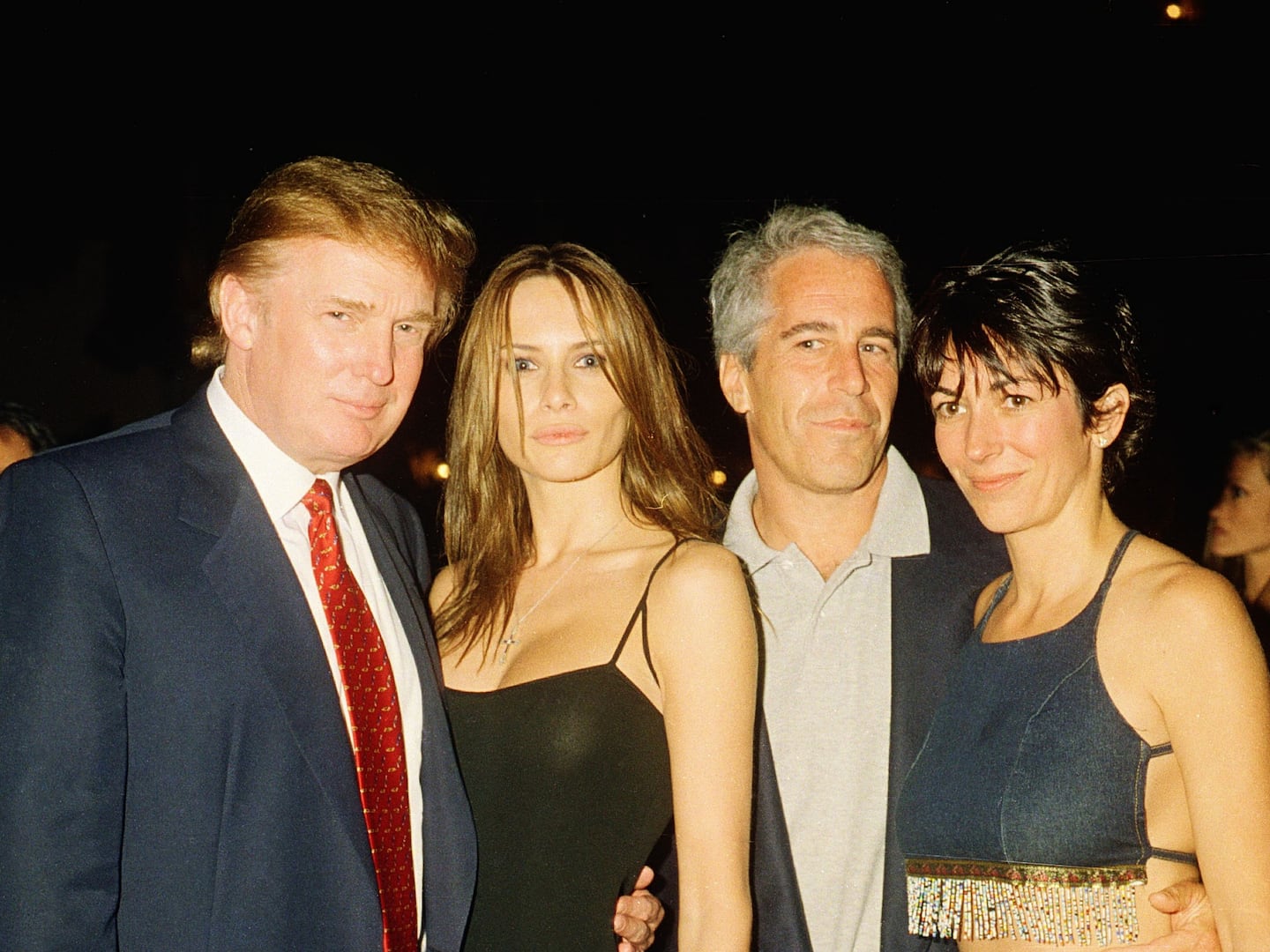People often ask me why I was interested in making a documentary about George Takei. I think that’s a funny question because I can’t imagine why anyone wouldn’t want to.
However, here’s my usual answer: Initially, I was a Star Trek fan. I loved the original series (in reruns) when I was a child. Before I understood the political elements, I loved it for the colorful, shameless theatricality. I did learn later that political issues explored in Star Trek ranged from the Cold War to Civil Rights, and I loved the show even more when I realized the depth behind it.
Outside of Star Trek, I knew almost nothing about George Takei. It had certainly never occurred to me what his sexual orientation might be. In 2005, I became aware of George when he publicly announced that he was gay. George “came out” (at age 68!) as a response to California Governor Arnold Schwarzenegger’s veto of legislation that would have legalized marriage for same-sex couples in California. George wanted to participate honestly in the struggle for marriage equality. He thought that this would be the end of his acting career, but almost immediately, George became a prominent LGBT activist. I started noticing his voice on news shows and became very charmed by his style of activism.
I read George’s autobiography, which focuses on his experience being imprisoned in Japanese-American internment camps when he was a child during World War II. As I read George’s book, I felt shocked and heartbroken that beloved Mr. Sulu had been imprisoned by the United States government at age 5. I wondered how it was possible that George appeared to remain so relentlessly positive in his activism when he had faced such terrible obstacles. I desperately wanted to connect the dots of George’s complex story.
It was 2009, and I had finished a documentary (It Came From Kuchar, which is coincidentally about an older, gay man named George). I was in no hurry to jump into another tedious project. But something clicked for me, and I suddenly became fascinated (maybe obsessed) with George Takei. Before I even finished his autobiography, I felt compelled to write to George’s agent and ask if George might be open to doing a documentary film about his life. I didn’t really expect to hear back. But in a strange twist of fate, it turned out that the agent had been a fan of my previous film and set up a meeting.
The first time I met George and his husband, Brad, was at their understated, but elegant, ranch-style Los Angeles home. George answered the door in a red, plaid shirt and jeans. I pretended not to be star struck, but there he was. His firm handshake and resonant baritone, “Hello there. Great to meetcha,” met my high expectations.
Brad joined us for tea in the living room to discuss the “proposed documentary.” I tried to eloquently describe my vision of intertwining the story of George’s life with his present-day activities. I’m not sure that they had any idea what I was trying to convey. It became clear that Brad was also George’s business manager when he brought up questions about the logistics of filmmaking. He asked how much footage we’d need to shoot and how long the process would take.
These are not easy questions to answer, so I said around three years, which turned out to be right. When I asked about following George on present-day activities, George launched into telling me about his “legacy project” called Allegiance, a musical about the Japanese-American internment camps. I knew that the internment was very important in George’s life, so I had researched it a bit before meeting him. I wanted to be able to speak to him thoughtfully and with “correct language” about it. When he mentioned a musical version of the internment, I wasn’t actually sure that I had heard him right.
However, as he continued, I realized how intensely the internment had affected him and how desperately he wanted this history to be remembered. He also explained that it was his lifelong dream to perform on Broadway, and what would be more meaningful than to perform in a piece about his family’s incarceration? I had several more meetings with George and Brad over the next five to six months about what we might include in the documentary. We all agreed that we should film the making of Allegiance as one of the present-day threads.
People probably don’t realize the patience it takes to be a good icon. Over the three years that we were filming, I watched fans approach George constantly, whether we were on the street, at an event, at a restaurant or ANYWHERE. We filmed George at the Emerald City Comicon where George signed autographs for four hours and did photo-ops with fans for another two hours. George engaged with thousands of fans that one day (no exaggeration!)
As fans approach, they often let George know what it is that they appreciate about him. Many tell him how much his role in Star Trek meant, while some mention his Asian-American or LGBT activism and how it has touched them personally. Others tell him that they enjoy his voice on Howard Stern or how his jokes on Facebook get them through the morning. George offers a firm handshake and stays present with each fan for the moment or two that they have his attention. George always sounds sincerely appreciative, even though he must have heard every compliment a million times. Some fans even bring homemade gifts. One woman offered George a charming diorama of a little living room scene with a blackbird wearing Mr. Sulu’s yellow Star Trek uniform. George accepted it graciously. If a fan has a Spanish or Japanese accent, George will switch languages to accommodate them.
These encounters are fairly short, but fans clearly find meaning in them, almost like they’ve received a blessing. Shortly after I began following George, I started to think of him as a sort of Dalai Lama of popular culture because of the comfort he seems to give his fans. It’s true that George does get paid for each signature or photo-op at sci-fi conventions (as seen in the documentary), but he works hard to give each fan a sincere, authentic George Takei experience.
At the end of the day at Comicon, George could barely move his wrist from signing so many autographs. His throat was dry and his voice hoarse from talking to fans, but his day still wasn’t over. Before he could grab a bottled water, he was whisked away to do a Q&A for an audience of three thousand. George’s photo-ops ran late, so handlers were rushing him to the auditorium. As soon as he arrived, someone handed him a bottled water, but his hands were so tired that he struggled to open it. Before he could sip, his name was announced and he had to run onto the stage to receive a standing ovation. An icon’s work is never done.
I have to confess that even now, after knowing George for over four years, I always feel a little star struck when I first see him. It’s been suggested to me that I might just be a really clever stalker who was able to come up with a plan to follow around my hero. This isn’t entirely true, because there’s so much work to make a documentary film, but I can see why someone might think that.






